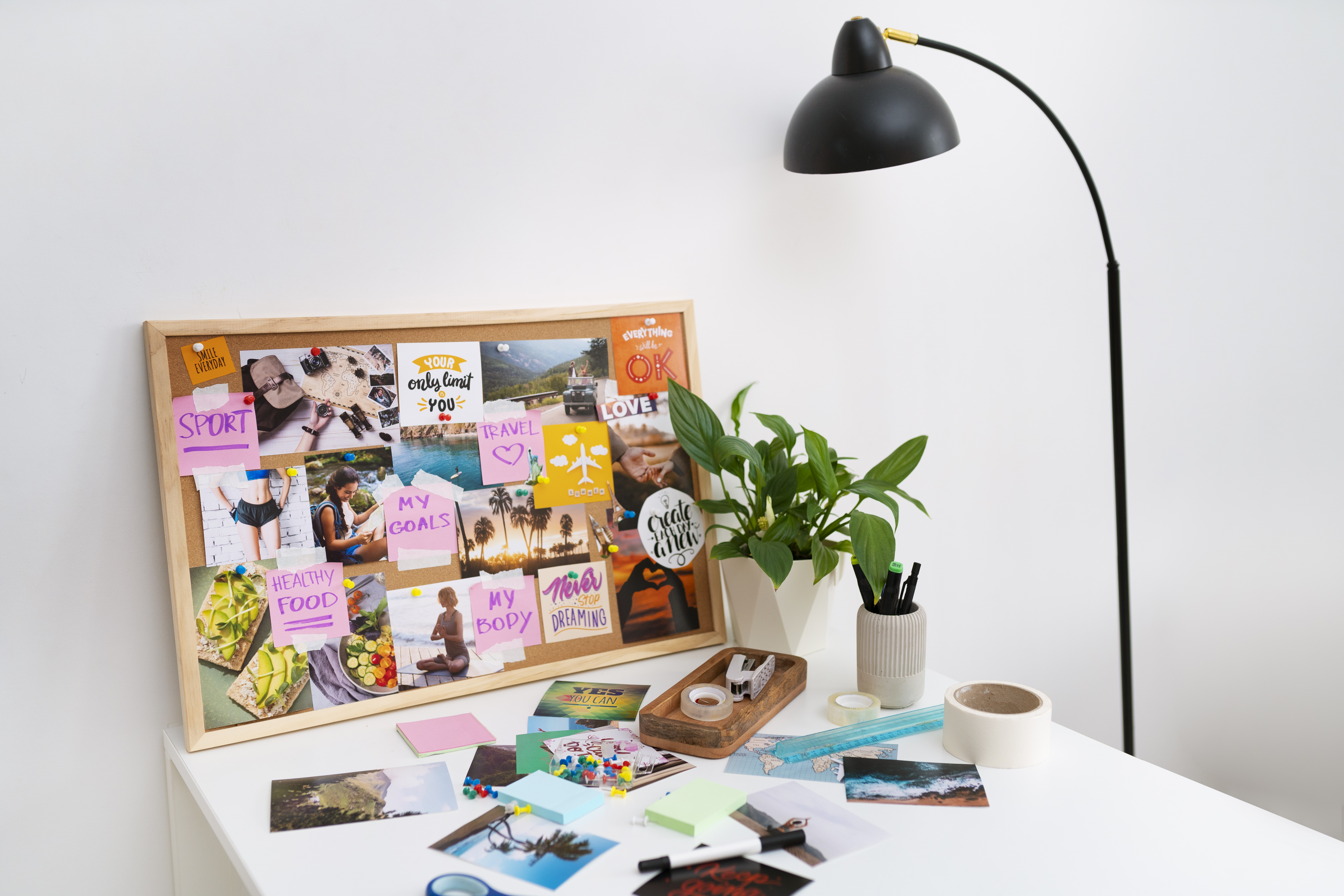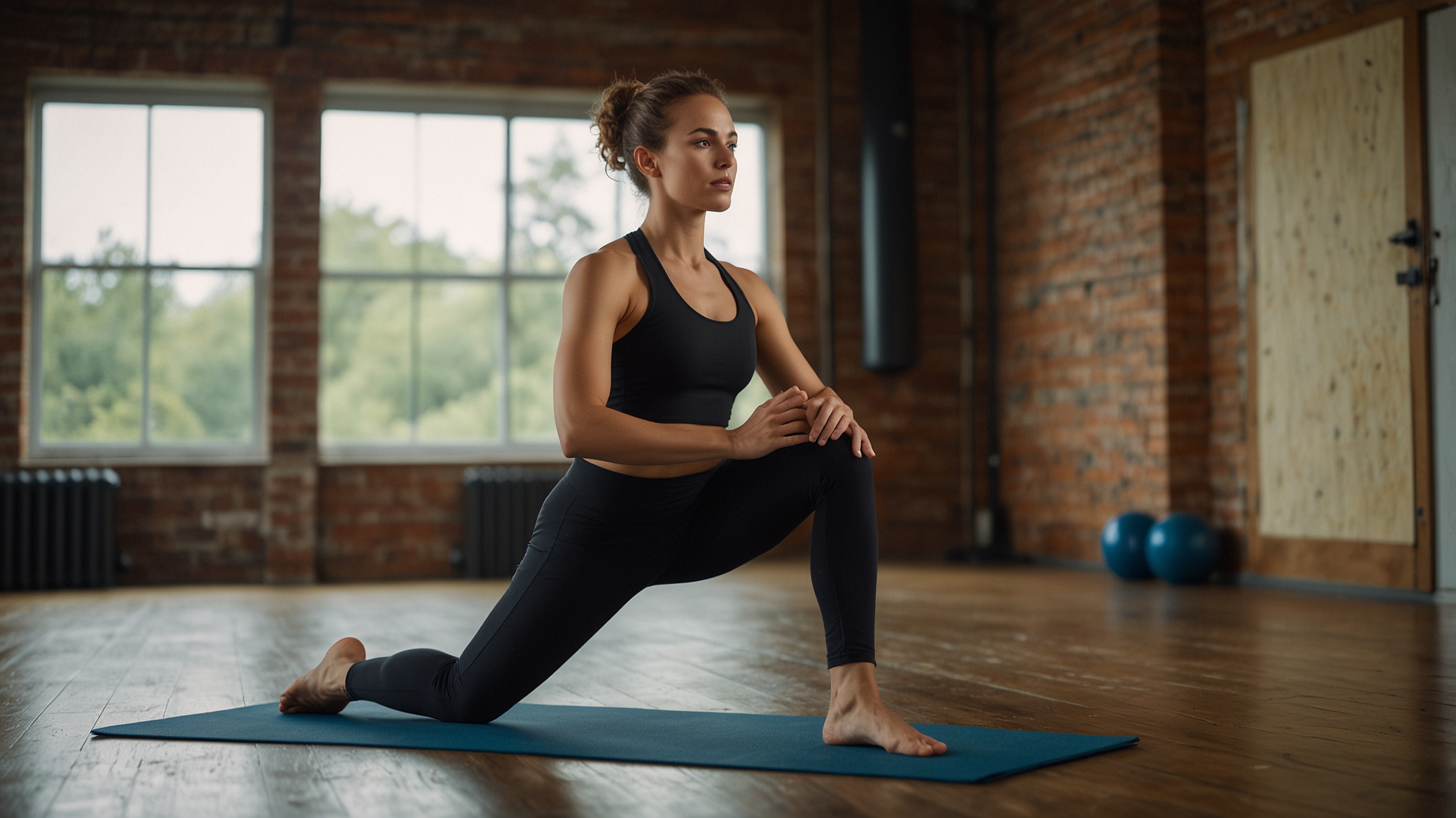Imagine ordering a flying taxi from your phone and soaring over traffic to your destination in minutes. This may sound like science fiction, but it’s quickly becoming a reality. The future of air mobility is here—and it’s changing how we think about transportation.
Thanks to rapid advances in technology, drones and electric flying vehicles are moving from experimental projects to real-world solutions. These aircraft promise to reduce traffic, lower emissions, and make travel faster and more efficient, especially in crowded cities.
What Is Air Mobility?
Air mobility refers to the use of aircraft for short to medium-distance travel, especially in urban areas. This includes:
-
Drones that carry packages
-
Flying taxis that carry people
-
Electric Vertical Take-Off and Landing (eVTOL) vehicles that don’t need runways
-
Autonomous aircraft that fly without a human pilot
These vehicles aim to take advantage of unused airspace above cities, helping to reduce the pressure on roads and public transport systems.
Drones: More Than Just Toys
Drones were once just fun gadgets for hobbyists. Now, they’re powerful tools used in delivery, security, filming, farming, and more.
Companies like Amazon, UPS, and Wing (owned by Google) are testing drone delivery services in several countries. These drones can deliver packages in minutes, especially in areas where road travel is slow or limited.
In healthcare, drones are already delivering medicine and medical supplies to remote areas in Africa and even to rural hospitals in the U.S. They save time, reduce costs, and can even help in emergencies.
Flying Taxis: The Next Big Thing?
Flying taxis are like mini-helicopters or electric airplanes that can take off and land vertically. Most of them are designed to run on electricity, making them quieter and more environmentally friendly than traditional aircraft.
Companies like Joby Aviation, Volocopter, Lilium, and Archer Aviation are leading the charge. Some have already completed successful test flights and plan to launch commercial services in the next few years.
Even big brands like Airbus, Hyundai, and Toyota are investing in flying taxi projects. In 2024, Volocopter plans to offer air taxi rides during the Paris Olympics, showcasing the potential of urban air travel.
How Will It Work?
Flying taxis will likely operate like ride-sharing apps. You’ll be able to book a flight through your phone, head to a nearby “vertiport” (a small launch pad), and quickly reach your destination through the air.
These flights will mainly connect key points in cities—such as airports, business districts, and shopping centers—reducing travel time that would normally take an hour by car to just 10–15 minutes in the air.
Benefits of Air Mobility
-
Faster Travel: Avoid traffic and arrive much faster, especially during rush hour.
-
Cleaner Environment: Many of these vehicles are electric, reducing pollution.
-
Less Congestion: Taking to the skies frees up roads for other users.
-
Access to Remote Areas: Air mobility can connect hard-to-reach places that lack good road infrastructure.
Challenges Ahead
While the future looks exciting, there are still some hurdles to overcome:
-
Regulations: Governments and aviation authorities need to create new rules to keep air traffic safe and organized.
-
Infrastructure: Cities will need to build vertiports and charging stations.
-
Noise: Even electric aircraft can be noisy, and people may worry about them flying overhead.
-
Public Trust: People need to feel safe flying in small, possibly autonomous, air vehicles.
-
Cost: At first, air taxis may be expensive, but prices could drop as the technology improves and becomes more common.
What About Safety?
Safety is a top priority for all air mobility companies. These aircraft go through strict testing and must meet aviation safety standards. Many use multiple motors so that even if one fails, the others can keep the vehicle flying safely.
Some are even designed to fly without a pilot using AI and GPS, though many early models will include human pilots until the systems are fully proven.
Looking Ahead
By 2030, air mobility could be a regular part of daily life in many cities. You might fly to work, have your food delivered by drone, or even take an aerial tour on vacation—all in a quiet, clean, electric aircraft.
As with electric cars, what once seemed futuristic is now becoming normal. The sky may truly be the limit for modern transportation.
Final Thought
From package-carrying drones to passenger-carrying flying taxis, the future of air mobility is taking off. As cities grow more crowded and the need for clean, fast transportation increases, air travel will no longer be limited to airports. Instead, it will be a daily part of how we live, work, and move—right above our heads.














